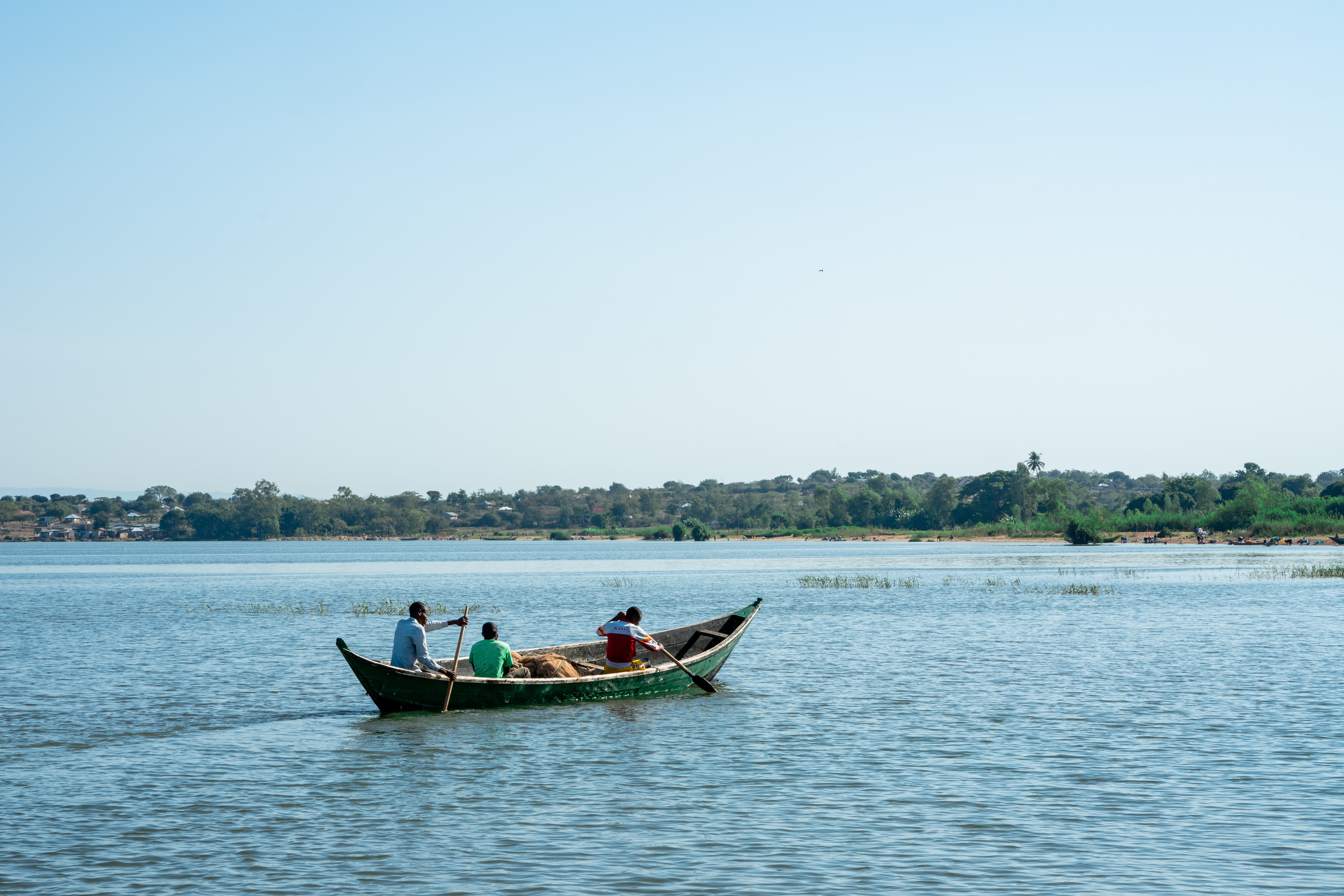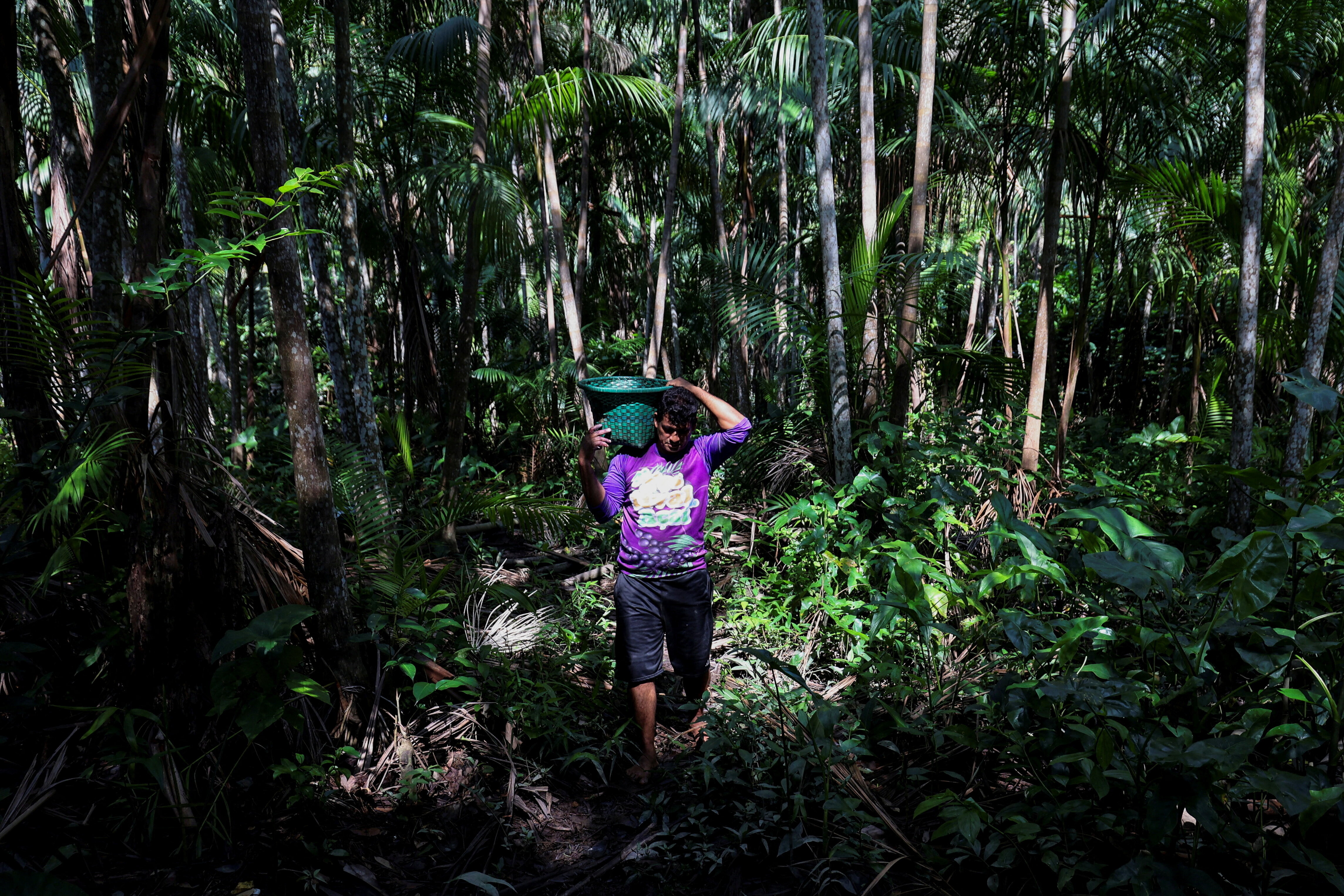50% of all land in the world is used to produce food

Globally, to produce the same amount of crops as in 1961, we need only 30% of the farmland. Image: Peter Gonzalez/Unsplash
Hannah Ritchie
Researcher, Our World in Data- This graphic shows 50% of the world's habitable land is used for agriculture
- Only 1% of habitable land is urban and built-up
For much of human history, most of the world’s land was wilderness: forests, grasslands and shrubbery dominated its landscapes. Over the last few centuries, this has changed dramatically: wild habitats have been squeezed out by turning it into agricultural land.
If we rewind 1000 years, it is estimated that only 4 million square kilometers – less than 4% of the world’s ice-free and non-barren land area was used for farming.
In the visualization we see the breakdown of global land area today. 10% of the world is covered by glaciers, and a further 19% is barren land – deserts, dry salt flats, beaches, sand dunes, and exposed rocks. This leaves what we call ‘habitable land’. Half of all habitable land is used for agriculture.
This leaves only 37% for forests; 11% as shrubs and grasslands; 1% as freshwater coverage; and the remaining 1% – a much smaller share than many suspect – is built-up urban area which includes cities, towns, villages, roads and other human infrastructure.
There is also a highly unequal distribution of land use between livestock and crops for human consumption. If we combine pastures used for grazing with land used to grow crops for animal feed, livestock accounts for 77% of global farming land. While livestock takes up most of the world’s agricultural land it only produces 18% of the world’s calories and 37% of total protein.
The expansion of agriculture has been one of humanity’s largest impacts on the environment. It has transformed habitats and is one of the greatest pressures for biodiversity: of the 28,000 species evaluated to be threatened with extinction on the IUCN Red List, agriculture is listed as a threat for 24,000 of them. But we also know that we can reduce these impacts – both through dietary changes, by substituting some meat with plant-based alternatives and through technology advances. Crop yields have increased significantly in recent decades, meaning we have spared a lot of land from agricultural production: globally, to produce the same amount of crops as in 1961, we need only 30% of the farmland.
With solutions from both consumers and producers, we have an important opportunity to restore some of this farmland back to forests and natural habitats.

Footnotes
‘Barren land’ refers to land cover in which less than one-third of the area has vegetation or other cover; barren land typically has thin soil, sand or rocks and includes deserts, dry salt flats, beaches, sand dunes, and exposed rocks.
This data is sourced from the UN Food and Agriculture Organization. Other studies confirm this distribution of global land: in an analysis of how humans have transformed global land use in recent centuries, Ellis et al. (2010) found that by 2000, 55% of Earth’s ice-free (not simply habitable) land had been converted into cropland, pasture, and urban areas. This left only 45% as ‘natural’ or ‘semi-natural’ land.
Ellis, E. C., Klein Goldewijk, K., Siebert, S., Lightman, D., & Ramankutty, N. (2010). Anthropogenic transformation of the biomes, 1700 to 2000. Global Ecology and Biogeography, 19(5), 589-606.
The major uncertainties – and explanation for discrepancies – in these assessments is the allocation of ‘rangelands’: in some regions it can be difficult to accurately quantify how much of rangelands are used for grazing, and how much is free from human pressure. Despite this uncertainty, most analyses tend to converge on an estimate of close to half of habitable land being used for agriculture.
Poore, J., & Nemecek, T. (2018). Reducing food’s environmental impacts through producers and consumers. Science, 360(6392), 987-992.
The UN Food and Agriculture Organization (FAO) provide global statistics on crop and food production, supply chains, and food available for human consumption.
In 2013, the global average per capita energy availability from vegetal products was 2370 kilocalories per person per day, and 514kcal from animal products. Animal products therefore accounted for [514 / (514 + 2370) * 100] = 18% of the world’s calories.
The global average per capita protein availability from vegetal products was 49 grams per person per day, and 32g from animal products. Animal products therefore accounted for [32 / (32 + 49) * 100] = 39% of the world’s protein.
The figures given here are slightly lower for protein production (37% of the world total) because seafood from wild capture fisheries are not included (as they are not grown on terrestrial land).
The number of species evaluated and threatened with extinction on the IUCN Red List is available from their summary statistics found here. In 2019, 28,338 were listed as threatened with extinction. Species can be filtered by threat categories in the IUCN’s search function here. In 2019, 24,001 species were threatened by ‘agriculture and aquaculture’. Note that species can have multiple threats; this therefore does not mean agriculture was the only threat for such species.
Don't miss any update on this topic
Create a free account and access your personalized content collection with our latest publications and analyses.
License and Republishing
World Economic Forum articles may be republished in accordance with the Creative Commons Attribution-NonCommercial-NoDerivatives 4.0 International Public License, and in accordance with our Terms of Use.
The views expressed in this article are those of the author alone and not the World Economic Forum.
Stay up to date:
Future of the Environment
Related topics:
Forum Stories newsletter
Bringing you weekly curated insights and analysis on the global issues that matter.







